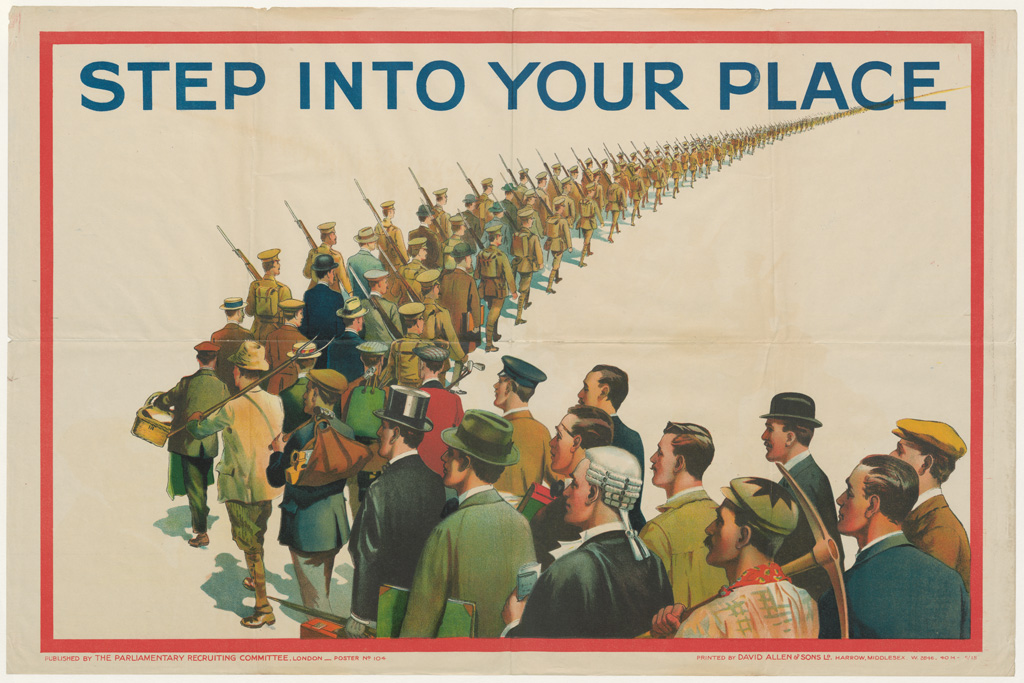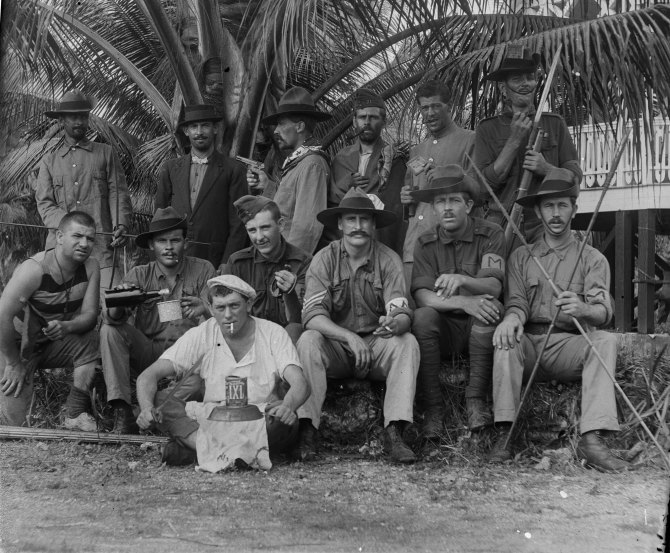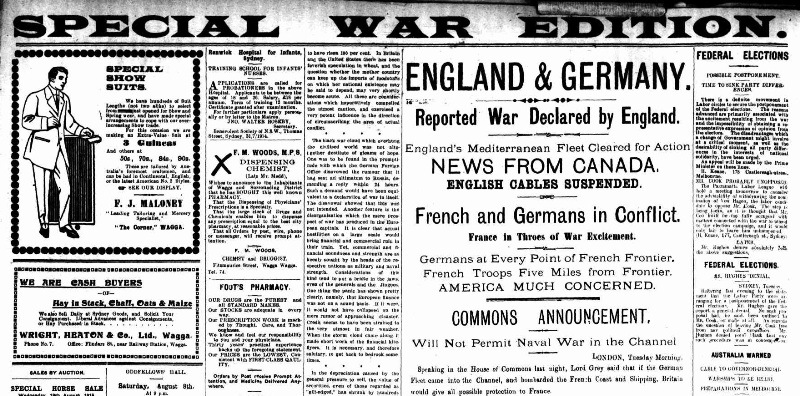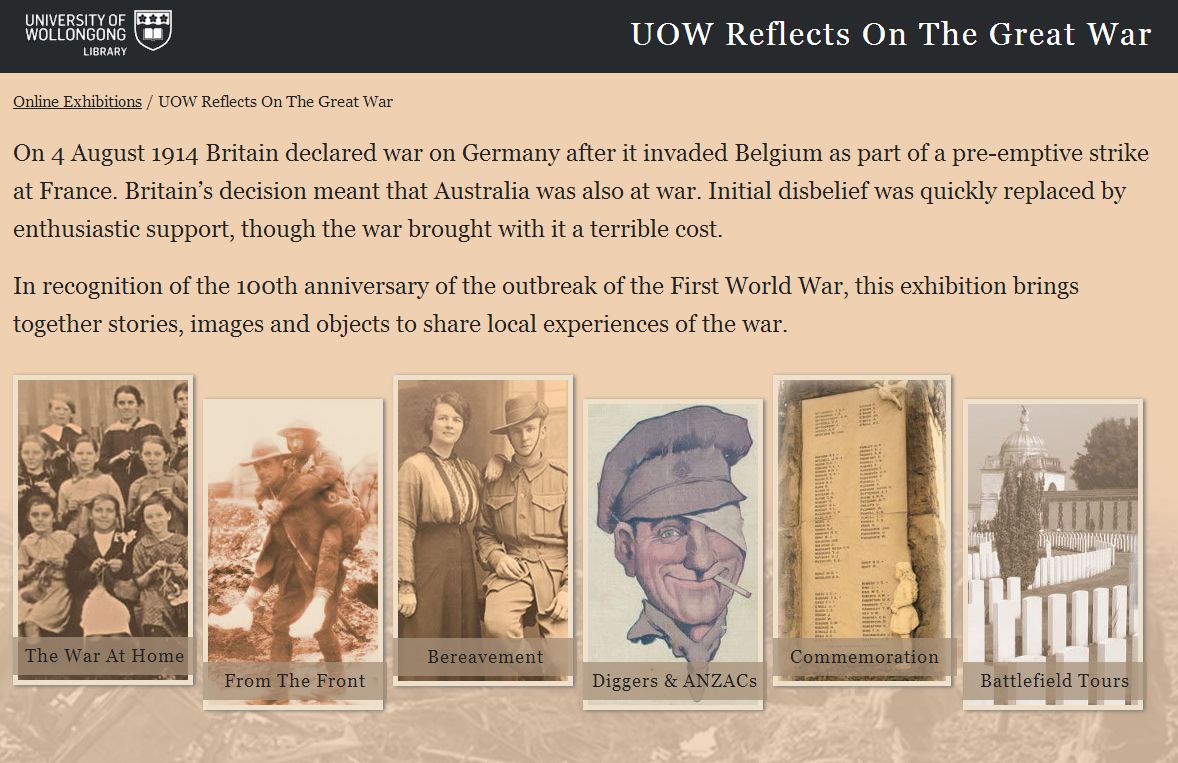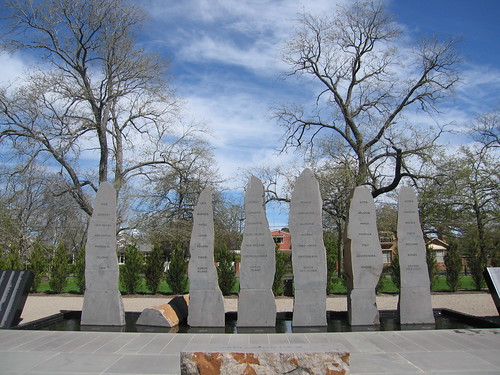As part of the 100 year anniversary of WWI, State Records NSW and apps4nsw are challenging developers to create an app that uses the collection of WWI state records in new and innovative ways. The goal is to streamline access to state records regarding WWI and find new ways to link the data.
The winning app will help honour the ANZAC legacy. It could also earn its creators $15,000 in prize money.
The data
As part of the 100 year anniversary of WW1, State Records NSW has developed a Centenary of Anzac website, which showcases records in our collection that relate to WW1. Data sets are also available on the NSW Open Data Portal
The challenge
To take State Records NSW data and create new interfaces to connect researchers with the collection and provide new pathways to link material together. Ideally, the app will have a WWI focus; however, it can relate to the period in any way—home front, personal relationships, soldiers, government responses and social trends.
How to submit
 So get your submissions in to apps4nsw and help us honour the ANZAC legacy.
So get your submissions in to apps4nsw and help us honour the ANZAC legacy.
More information
For more information on the challenge and how to enter, visit apps4nsw and NSW Anzac Centenary .
Applications close on Thursday 13 November 2014.

